The whale shark is the biggest fish on the planet. The largest whale shark measures about 66 feet long and 74,957 pounds.
Not to be confused with the blue whale, a mammal, which is the largest animal on the planet. The largest blue whale measured about 110 feet and up to 400,000 pounds!
The whale shark got its name because the shark’s mouth is shaped just like baleen whales. Baleen whales and whale sharks both munch on krill. For being the largest fish in the sea the whale shark is surprisingly affable to divers and known as a relaxed fish.
How are ‘whale sharks’ and ‘whales’ different?
Whales are mammals, just like people, and must breathe air. Dolphins, seals, porpoises, otters (and some people say, polar bears) are mammals that live in the ocean (ie., marine mammals). Consult the aquarium guide for more details.
Another difference is that mammals raise their young. Whale sharks give live birth like mammals, but, move on right after and don’t raise them. Most other fish do lay eggs.
Fish also have gills to breathe underwater, unlike mammals that must come up to the surface of the ocean and breathe air.
Have another great question for me? Just shoot me an email at info@beachchairscientist.com. Thanks!
Related articles
- Creature feature: whale shark (elnidoenvironment.wordpress.com)
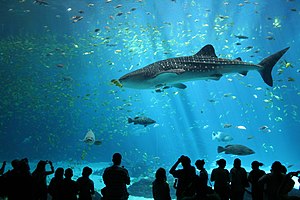
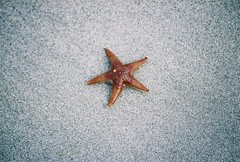





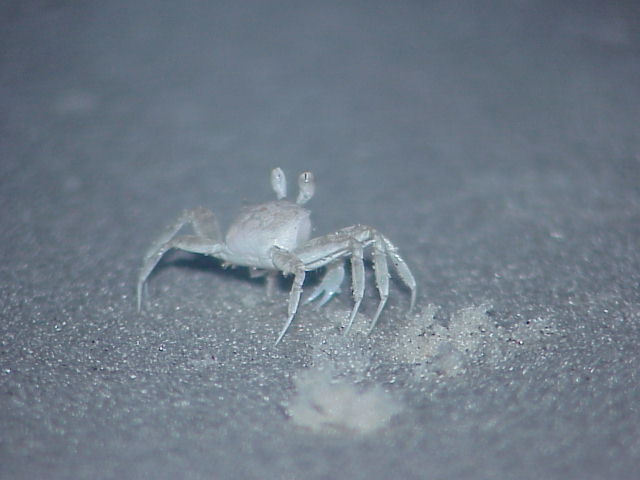
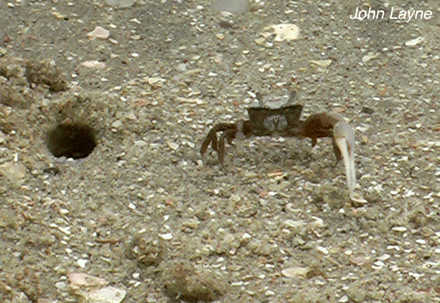

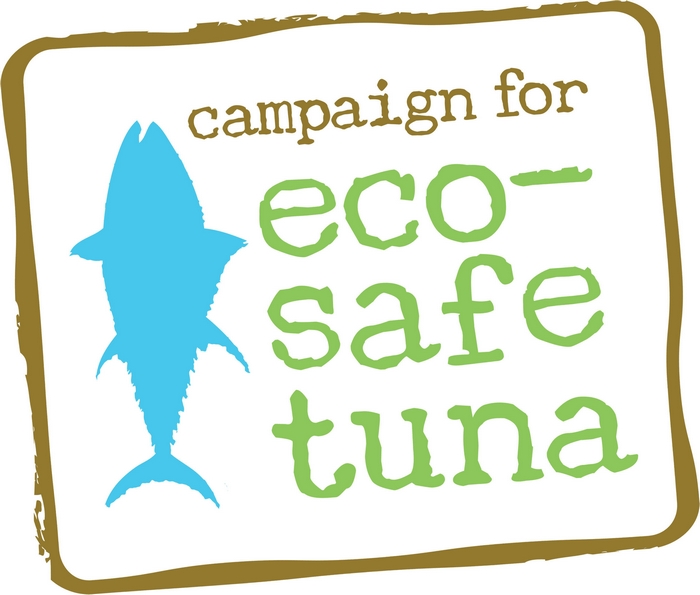


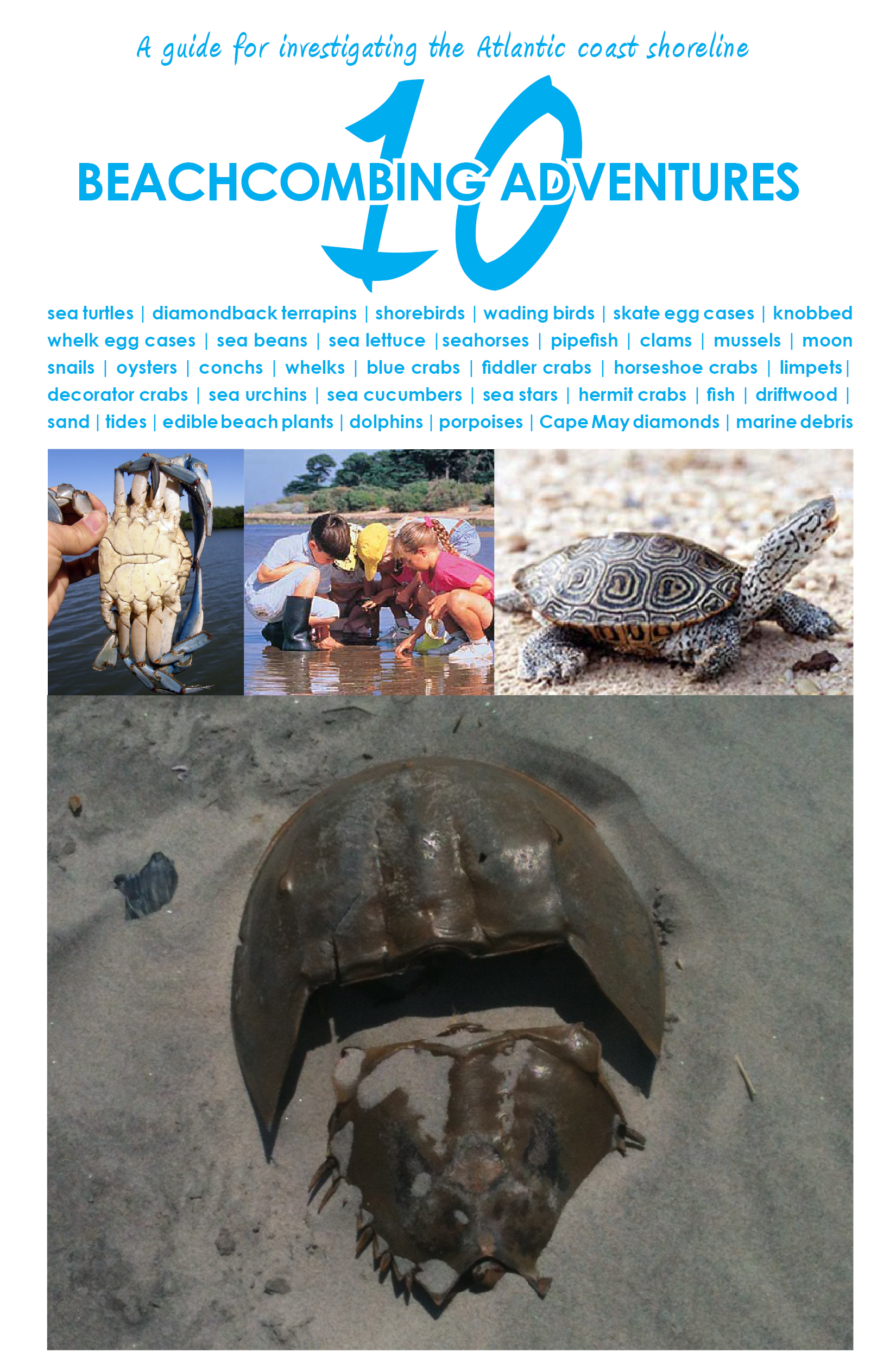
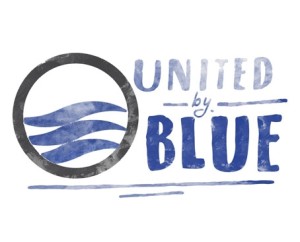
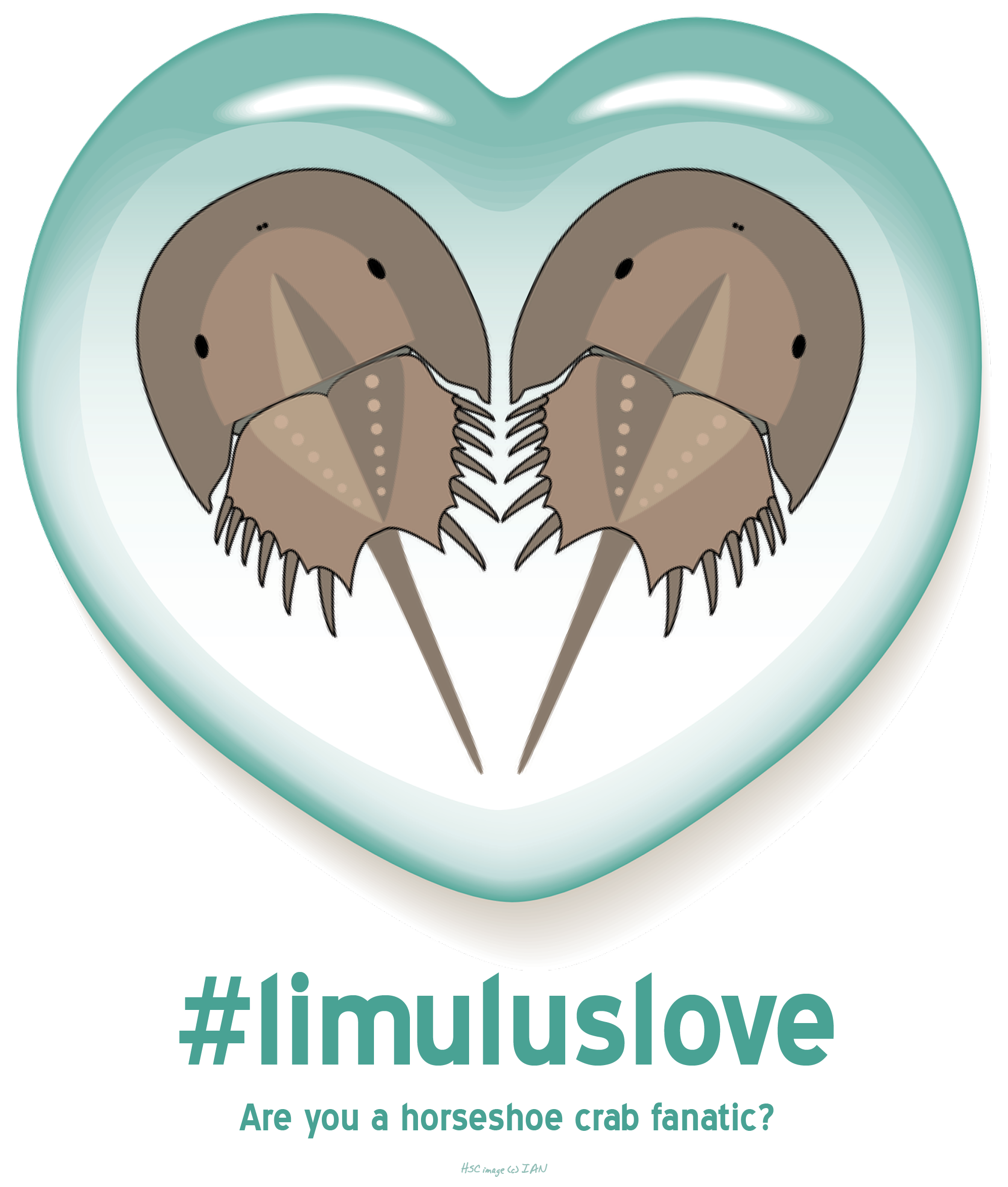
What people are saying …